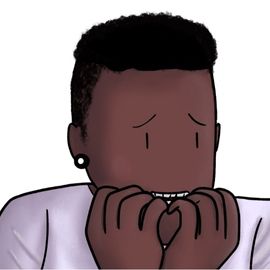Anxiety in men
Anxiety is a feeling that lets us know when we might be in danger, at risk or under threat.
Difficulties with anxiety for men and women occur when our fears and perceptions of danger are greater than they need to be, which then impacts on our quality of life or limits opportunities for learning and growth.
Anxiety allows us to detect dangers?
Being able to detect dangers in central to our survival. So, feelings linked to threat such as anxiety, fear, guilt, stress and strain are normal reactions that occur in situations that are experienced as risk and threatening such as dangerous events, hostile people, coming face to face with an aggressive animal, being accepted by others, the unknown/unpredictable, work deadlines, exam pressures, or public speaking.

When feelings are out of proportion to the situations triggering them or when the person becomes fearful of the feelings themselves, people can develop problems with anxiety. However, anxiety itself is not something to fear.
Problem focused thinking and action
Threat based feelings activate us so that we can respond and react. We do this initially through instinctual and automatic ‘action tendencies’ which include problem focused thinking and reactive behaviour. The most immediate instinctive response to threat is ‘flight’ which means to run. If we can’t run then our next instinct if to ‘fight’. This is known as the flight and fight response.
Modern day threats rarely require us to run or fight. Instead, they require ongoing efforts to keep them at bay so that we maintain a safe environment. For example, financial security, having access to resources, maintaining a standard of living, being accepted and connected socially and emotionally, and having purpose in life.
Men and anxiety
Anxiety in men can go unrecognised or untreated
There are a number of reasons for this
Men are less likely to identify that they are experiencing a problem with anxiety and/or connect with their emotional experience of anxiety.
If they do connect with the emotional problem they are more likely to minimise the severity of the problem and carry on without looking for help and support.
When they do seek help it is often at the latter stages when things have become more severe, if at all.
Anxiety problems may be more difficult to identify in men and therefore men may be less likely to be diagnosed with a problem when they do present to services.
Other behaviours such as alcohol use may mask symptoms and are not classified as symptoms.
Acknowledging feelings of anxiety may be made more difficult because of the unrealistic expectation that men do not show fear.
Stigma around anxiety may mean that people interpreted as a sign of weakness when it is indeed a source of great strength.
A primary reason for reduced help seeking in men is linked to dominant but poorly defined ideas of what masculinity is such as the idea that men should always be emotionally stoic. For some men, acknowledging feelings such as anxiety may be associated with feelings of shame and disappointment.
Feelings of shame may lead to efforts to conceal such difficulties. Men may withdraw from their family and friends and may try to cope by engaging in unhelpful behaviours. These may include using substances such as drugs and alcohol to try to reduce symptoms of anxiety. It is important not to let shame get in the way of you accessing help.
There is often a delay in seeking help from a professional which leads to symptoms becoming worse. When anxiety is left untreated it can affect performance at work as well as disrupt relationships, usually through avoidance. Therefore it’s important that we try to create an environment whereby we seek help earlier and that we see this as a strength.
Types of Anxiety Disorder
There are many different types of anxiety disorders which are resolvable through psychological intervention
GAD is the most common form of anxiety disorder. GAD is characterised by long-lasting anxiety which can occurs in many setting and situation. Often the person doesn’t even know what they’re feeling anxious about.
Characterised by short, intense attacks of terror. These are harmless but often misinterpreted as an indication that something catastrophic is about to happen. It’s easily treatable through psychological therapy.
this is a common one and linked to fears that others are judging us negatively. Turns out the being liked and accepted is a big deal for all humans so it’s a common thing to worry about.
Other forms of anxiety disorders;
Anxiety Symptoms in Men
The symptoms of anxiety would be similar for both men and women.
Anxiety is about fear and more importantly, threat detection. Being able to detect threat is the most important of all emotional regulation systems as it is directly linked to survival. We need it but not too much. Too much fear can get have an impact on our ability to live the lives we would like to live or impact on our ability to function day to day.
Physical and emotional symptoms of anxiety
If you recognise some of these symptoms of anxiety in yourself or in a man you know, then we recommend discussing these with someone you feel comfortable talking too. We would also recommend seeking help from a professional if your other sources of help do not provide the solution.
We would recommend that you start with your local Increasing Access to Psychological Therapies (IAPT) service which you can find here.
